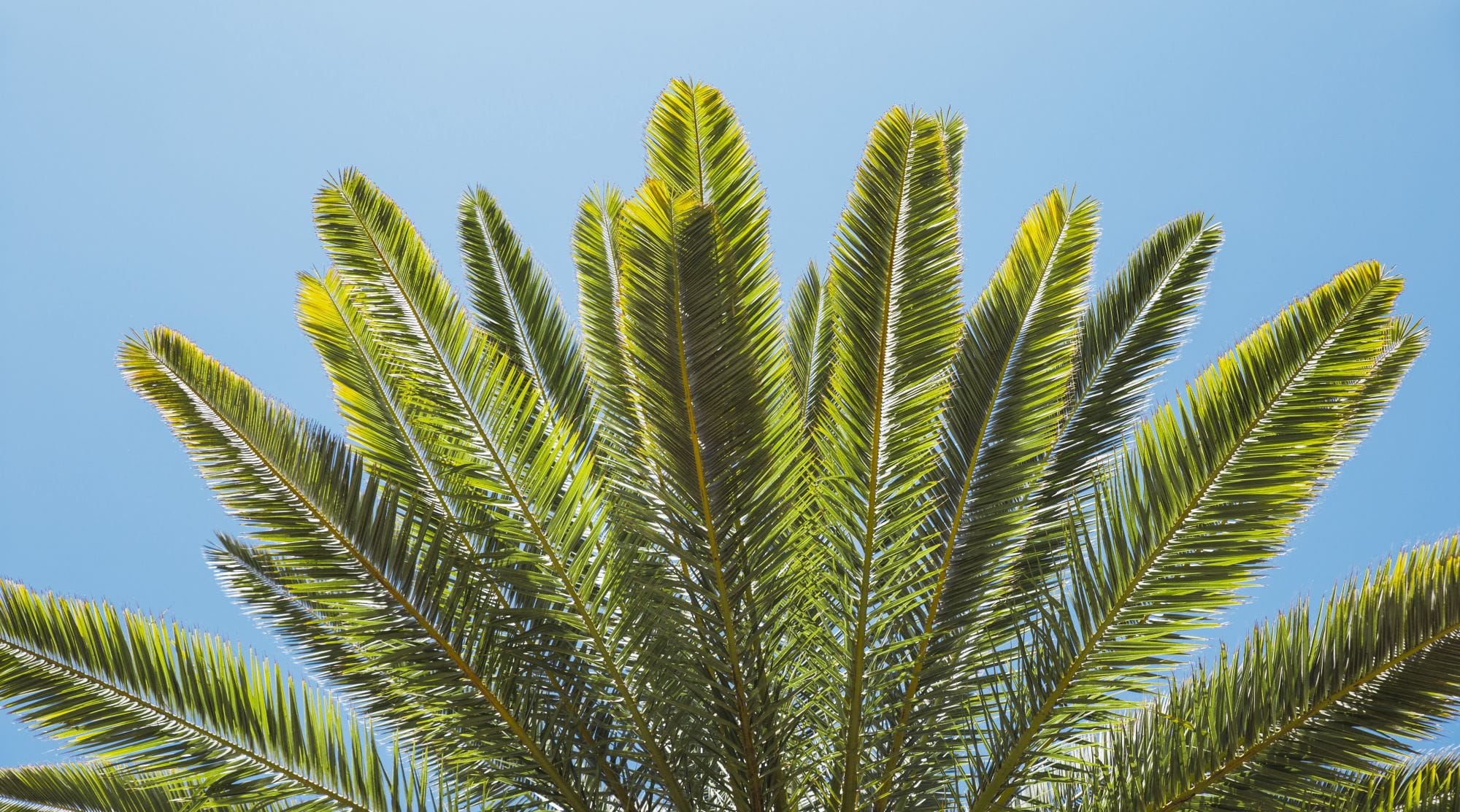Physical Address
304 North Cardinal St.
Dorchester Center, MA 02124
Physical Address
304 North Cardinal St.
Dorchester Center, MA 02124

The Travelers Palm is a stunning ornamental plant that instantly adds a tropical vibe to any space. Despite its name, it’s not a true palm its scientific name, Ravenala madagascariensis, places it in the bird-of-paradise family.
With its large, fan-like leaves and tall trunk, this plant can become a breathtaking centerpiece in gardens or outdoor areas, especially in warm climates.
The plant comes from Madagascar, an island famous for its unique wildlife and lush forests. Over hundreds of years, explorers fell in love with its dramatic shape and ability to store water in its leaf bases. Eventually, people started taking it to other tropical regions around the world.
Today, you’ll find it in many landscapes and gardens where the climate allows it to flourish.
The name “Travelers Palm” comes from two practical features. First, the plant’s leaf bases can collect rainwater, which, according to legend, offered thirsty travelers a much-needed drink in the wild.
Second, the broad leaves often grow in an east-west line, acting like a natural compass that helped travelers orient themselves. These stories have given the Travelers Palm a fascinating reputation that adds to its charm.
What makes the Travelers Palm so eye-catching is its huge, fan-shaped arrangement of leaves. Each paddle-like leaf emerges in a single plane, creating a dramatic fan that can spread several feet across.
While the plant can produce exotic flowers in its natural habitat, the blooms are less common in ornamental settings. Nevertheless, its architectural shape alone is enough to draw attention.
In the wild, you’ll most often find this plant in the warm, humid rainforests of Madagascar. Over time, it has also taken root in other tropical and subtropical regions, thanks to explorers, traders, and plant enthusiasts.
The Travelers Palm loves high humidity, frequent rainfall, and plenty of sunshine—conditions you’ll often find in places like Southeast Asia, Central and South America, and tropical islands.
Identifying a Travelers Palm is straightforward once you know what to look for. First, notice if the leaves form a flat fan-like arrangement rather than a circular canopy like a true palm.
The trunk (sometimes called a stem in younger plants) is often ringed with marks where old leaves have dropped off. The leaves themselves are long, wide, and resemble the paddles of a canoe.
Choosing the best spot for your Travelers Palm is crucial. It needs a location with plenty of sunlight—around six hours or more each day.
However, some afternoon shade can help in very hot climates so the leaves don’t scorch. Because the plant can grow quite tall and wide, make sure there’s enough space around it. Also, protect it from very strong winds, which might damage the big leaves.
For best results, plant your Travelers Palm in well-draining soil mixed with organic matter like compost. This type of soil holds enough moisture without becoming waterlogged. A slightly acidic to neutral pH (about 5.5 to 7.0) is ideal, so you may want to test your soil to confirm.
If your soil is too heavy or sandy, adding compost or well-rotted manure can improve both drainage and nutrient levels.
Travelers Palms generally like consistently moist soil. Water deeply at least once a week, making sure the moisture reaches down to the roots. In very hot or dry conditions, you might need to water more often. As the plant matures, it will become a bit more drought-tolerant.
To avoid problems like root rot, ensure the soil drains well and doesn’t stay soggy for long periods.
Just like other tropical plants, the Travelers Palm can sometimes attract pests or develop diseases. Keep an eye out for:
A Travelers Palm can instantly transform your garden into a tropical paradise. Its bold, fan-like shape makes it a stunning focal point, and its large leaves can help create filtered shade for smaller plants.
While its flowers aren’t always visible in home gardens, they can occasionally appear and attract pollinators. Best of all, once you set it up with the right conditions, the Travelers Palm is relatively easy to maintain.
Choosing between these plants depends on your space, climate, and personal style. If you want a tall, eye-catching plant with a fascinating backstory, the Travelers Palm is a top pick.
Consistency is the secret to a healthy Travelers Palm. Keep the soil evenly moist but not soggy, feed it with a balanced fertilizer during the growing season, and give it enough space to spread out its magnificent leaves.
Stay alert for pests or diseases by checking the leaves regularly, and take quick action if you see any problems. In cooler climates, consider planting it in a container so you can move it indoors or provide extra protection during cold snaps. With the right care, your Travelers Palm will reward you with its striking presence for many years to come.